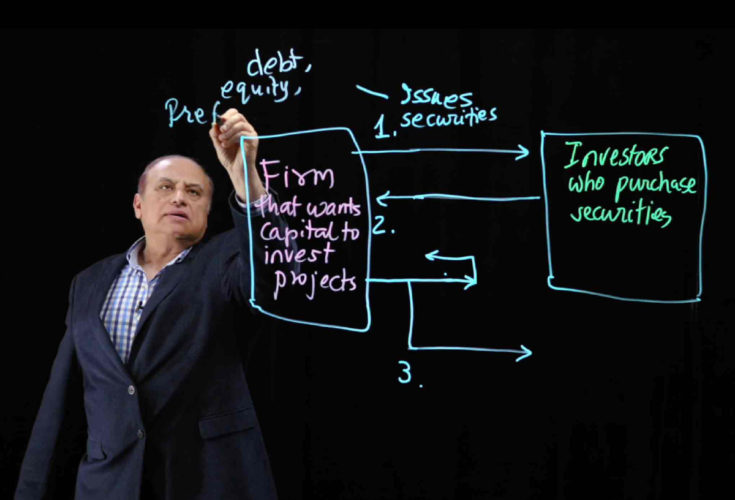Society informs us that we should be able to become a business owner by ourselves, by studying YouTube videos and learning from the “school of life.” But while there are more learning resources available to us than ever before thanks to digital media, a program of study can still provide an exceptional launchpad for pursuing business and career goals.
So what can entrepreneurs actually gain from earning an MBA degree? How can an MBA help an entrepreneur build the best business they can?
How MBA programs aid aspiring and experienced entrepreneurs
Is an MBA worth it for entrepreneurs? This is a question we often face at Olin Business School. People who are creating businesses from scratch will wonder if they’re better off learning on the job or whether an MBA could offer their business a kick start.
First of all, an MBA degree can give aspiring leaders a mindset for business. Growing a company is more than an occupation, and Olin lives and breathes entrepreneurial spirit. The MBA isn’t just about learning how to solve a problem; it’s about examining the problem inside out, learning to love it and finding fulfillment in the solving of it.
Working on a startup idea while earning an MBA is an amazing combination. It gives you access to a willing alumni network to help, troubleshoot and crowdsource. It takes a village to raise a business, and you have a much better chance of finding a cofounder when you are surrounded by others with similar interests and who are in the same stage of their careers.
Does an MBA help you start a business? Absolutely. It all starts with developing a mindset. After that, the resources and tools we can give you as you build your entrepreneurial life are second to none.
What specific features of the Olin MBA can help entrepreneurs?
Olin’s MBA program is tuned into entrepreneurship and many of our features are purpose-built to help students form startups, not just learn about them. Here are a few noteworthy characteristics:
Famous for Hatchery
Olin has an entrepreneurship platform built purposefully to give students experiences of pitching venture capital, founding a company and getting ideas out onto the international stage. Students in Hatchery can work with experienced entrepreneurs to evolve a business plan, form a startup, and present their ventures to investors and venture capital experts. Since the Hatchery course was founded, the companies launched inside its incubator walls have raised a combined $87 million.
An eye for innovation
Olin itself is an environment that rewards and seeks innovation. Entrepreneurs will find that there are multiple courses in which you can workshop your own ideas. Take ideas further and you can enter pre-seed venture capital funds and competitions focused on student ideas. Olin’s BIG IdeaBounce® is one such opportunity—an elevator-pitch contest open to all WashU students. The Arch Grants is another competition that students regularly participate in, this time for a business plan. The winners receive $75,000 in startup grants to get their ideas off the ground.
A global edge
While the regional environment gives students plenty to get involved in, other opportunities draw them further afield to gain international business experience. Olin’s Venture Consulting in Israel and Berlin elective, for example, brings students the experience of startup consulting through a global lens. Through the CEL Entrepreneurial Consulting Team course, students can spend a semester working with early-stage startups in St. Louis, New York, San Francisco, and various international locations.
Local power
The entrepreneurial spirit of Olin is immersive. St. Louis is a highly entrepreneurial environment, and students of the MBA program can benefit from Olin’s connections beyond the classroom. Local entrepreneurs and executives are involved in many of our courses. Our Center for Experiential Learning is designed with this kind of on-the-ground mentorship in mind. Students can study consulting courses that take you inside an entrepreneurial venture and connect to innovation communities such as Cortex and T-REX, which are dedicated to powering local startups.
Our courses at Olin—from Venture Capital Methods to Acquisition Entrepreneurship to Managing the Innovation Process—show how invested and excited we are by the entrepreneurial world. You may think that as an entrepreneur, you need to “go it alone.” You do not. In a supported program full of opportunities to gain real-world experience, you could find a solid foothold for the next step of your career.








